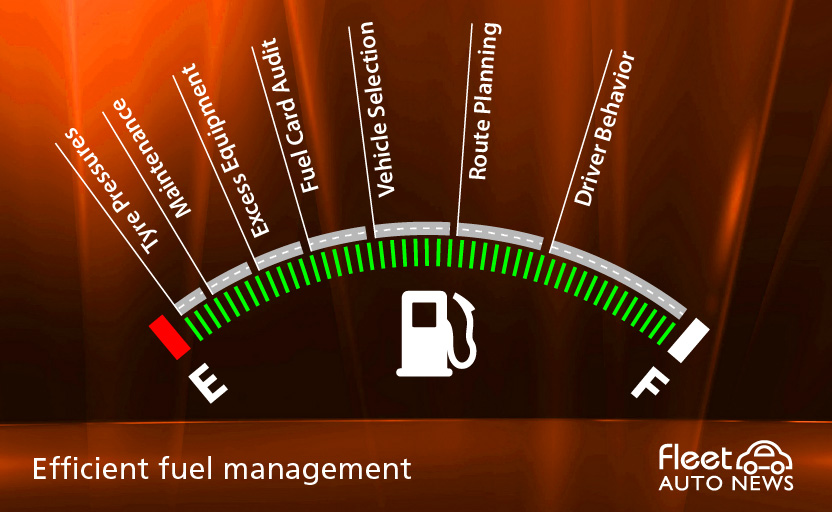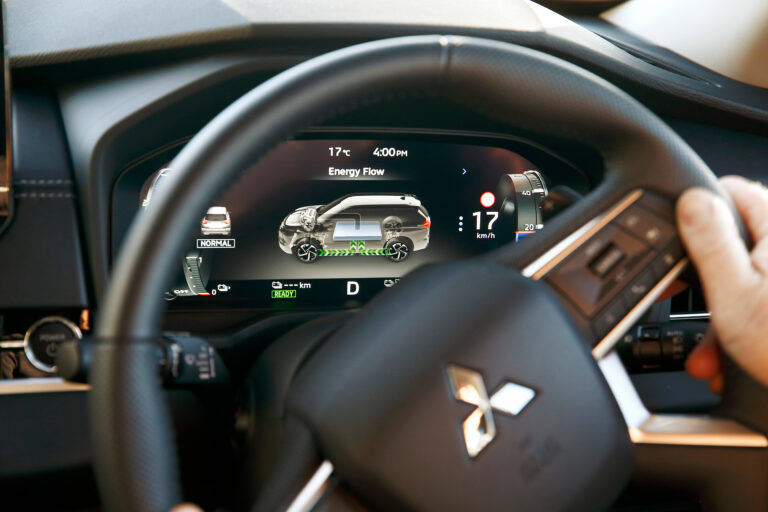There’s been lots of talk about electric vehicles and charging infrastructure in the media since the Federal election as Australia catches up with the rest of the world by supporting zero emissions transport. As a result of this activity, fleets have become the focal point for many organisations and Fleet Managers are being asked to develop transition plans and roadmaps for their business.
Unfortunately, the obvious solution (buy more EVs) comes with some challenges. So I’ve prepared a list of recommendations that Fleet Managers can include in their presentations to senior management.
The five steps to reduce fleet emissions are:
- Introduce eco-driving to your employees
- Reduce your fleet size
- Start with hybrids
- Purchase PHEVs (Plug-in Hybrid Electric Vehicles) to introduce powerpoints and cables
- Roll out electric vehicles across the fleet
Eco driving
This is a simple activity to reduce the amount of fuel used by the fleet which will save your company money and have an immediate impact on emissions produced from the fleet. But it will require an IVMS (In Vehicle Monitoring System) so you can monitor and enforce the right behaviours. This isn’t a bad thing because you’ll need one by the time you get to step 5.
The Golden Rules of eco-driving are driving at a steady pace, anticipating traffic flow, smooth braking, and the elimination of excessive idling. It’s not hard to drive economically, but it’s like meditating, your mind wanders which makes you forget what you were trying to focus on.
Many organisations have been successful at teaching their employees to reduce fuel through eco-driving, and rewarding them through recognition and financial incentives. However, it requires an investment in time and resources to develop a culture of safe, low emissions driving.

Reduce your fleet size
This seems so obvious. Less vehicles, means less emissions. Unfortunately, there are so many underlying forces working against this idea that its never discussed openly despite the concept of asset utilisation being a fundamental tenant of good capital management.
Getting access to resources is often so hard that when people have them, they don’t want to lose them. This is the mindset keeping thousands of vehicles with low utilisation in corporate carparks and employee driveways.
The internationally recognised IPWEA Fleet Management Certificate has six units of study to help people responsible for managing fleets become professional Fleet Managers. Each unit builds on the learning principles from the previous one to form a comprehensive qualification. The course starts unit one with the basic principal of utilisation because without this foundation, how do you get the best return from the capital employed?
Using a good IVMS, you can accurately measure utilisation and determine the percentage of business travel to identify the vehicles that are no longer required. Zero emission vehicles are currently more expensive than ICE vehicles. Fleet Managers with 10 year replacement plans are reducing the size of their fleet and using the savings to buy electric vehicles.
Start with hybrids
Hybrid vehicles are a good stepping stone towards electric vehicles and many organisations have been successful in reducing emissions while introducing staff to this new technology.
There’s no range issues with a hybrid but the driving experience is different to a petrol engine. First time drivers are always impressed at the acceleration and surprised by the regenerative braking.
They’re great for urban travel at lower speeds, or city commuters where the journey involves regular stops and lots of idling in traffic.
This step is only a slight pause on the way to 100% EVs in your fleet as there are limited models on sale and several manufacturers are only offering plug-in hybrids (PHEV) in their local range.
Purchase PHEVs to introduce powerpoints and cables
There’s an argument that if you need to plug-in the car to charge, why not buy an electric vehicles? The best justification for PHEV is commuting. Most people only travel short distances each day. So why do you need the 300+ kilometre range of an EV when 50 will be enough?
PHEVs will help you through the EV transition by introducing drivers to a powerpoint and charge cables without making it mandatory to plug-in.
If they are early adopters, or enthusiasts about this new technology, they will keep it charged and enjoy the full benefits of silent motoring. If they are ‘flat earth people’, then they will still be able to use the vehicle for work purposes by visiting a petrol station, and you can work with them over time.
Adding PHEVs to your fleet before EVs gives you a chance to work out some of the charging infrastructure issues because the cars can still be operational without access to electricity. To reduce emissions, and costs, drivers should be charging them overnight, but as you transition this behaviour will be adopted.
Roll out electric vehicles across the fleet
If you’re writing a transition plan following these steps, this last step will happen around 2030. That’s when electric vehicles will be considered normal and the issues being discussed in 2022 should be resolved.
When developing a transition plan for electric vehicles, you should also consider these five steps:
- Review how far the fleet travels each day (this is where the IVMS used to implement eco-driving is used again).
- Introduce your employees to electric vehicles (you have already done this by purchasing hybrids and PHEVs).
- Survey staff opinions on EVs (during each phase of the transition plan you should conduct surveys and measure the changes over time).
- Conduct an electricity audit on your buildings (This is a major step that will support the introduction of PHEVs early in the transition phase).
- Evaluate EVs on the market (by 2030 the choices will be endless).
You don’t need to be an early adopter. It’s ok to take your time and learn from the mistakes of others. Obviously some companies like to be first, and other get pressured by shareholders, or the community, to make bold moves with emission reductions.
Remember, it’s a marathon, not a sprint. Run your own race!






